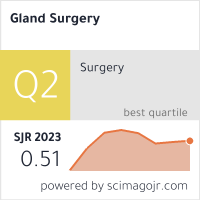ENHANCING PATIENT SAFETY THROUGH EFFECTIVE COMMUNICATION BETWEEN NURSES AND LABORATORY TECHNICIANS
Keywords:
Patient safety, nurse–laboratory communication, diagnostic accuracy, LIS–EHR integration, Saudi Arabia.Abstract
Background:
Effective communication between nurses and laboratory technicians is essential for ensuring accurate diagnostics, timely interventions, and patient safety. Despite its critical role, interprofessional communication in this domain remains underexplored within the Saudi Arabian healthcare context.
Objective:
This study examined the relationship between communication quality and patient safety outcomes, and explored contextual factors influencing nurse–laboratory technician interactions.
Methods:
A mixed-methods design was employed across three tertiary hospitals and two urban clinics in Saudi Arabia. Quantitative data were collected from 206 participants using the validated Nurse–Laboratory Technician Communication Scale (NLTCS) and patient safety indicators, including diagnostic error rates, turnaround times, and satisfaction scores. Pearson’s correlation and multiple regression analyses assessed associations and predictive strength. Qualitative data from semi-structured interviews with 24 participants underwent thematic analysis.
Results:
Quantitative findings showed a strong negative correlation between communication quality and diagnostic errors (r = –0.68, p < 0.001) and a strong positive correlation with patient satisfaction (r = 0.71, p < 0.001). Regression analysis identified communication quality as a significant independent predictor of safety outcomes (p < 0.001). Qualitative themes highlighted workflow synchronization gaps, mutual trust, and technology use as key factors shaping communication effectiveness.
Conclusion:
High-quality communication between nurses and laboratory technicians significantly enhances patient safety outcomes. Integrating structured communication training, standardized reporting protocols, and optimized LIS–EHR systems can address identified barriers and sustain improvements. These strategies align with national patient safety priorities and can support Saudi Arabia’s vision for high-quality, efficient healthcare delivery





